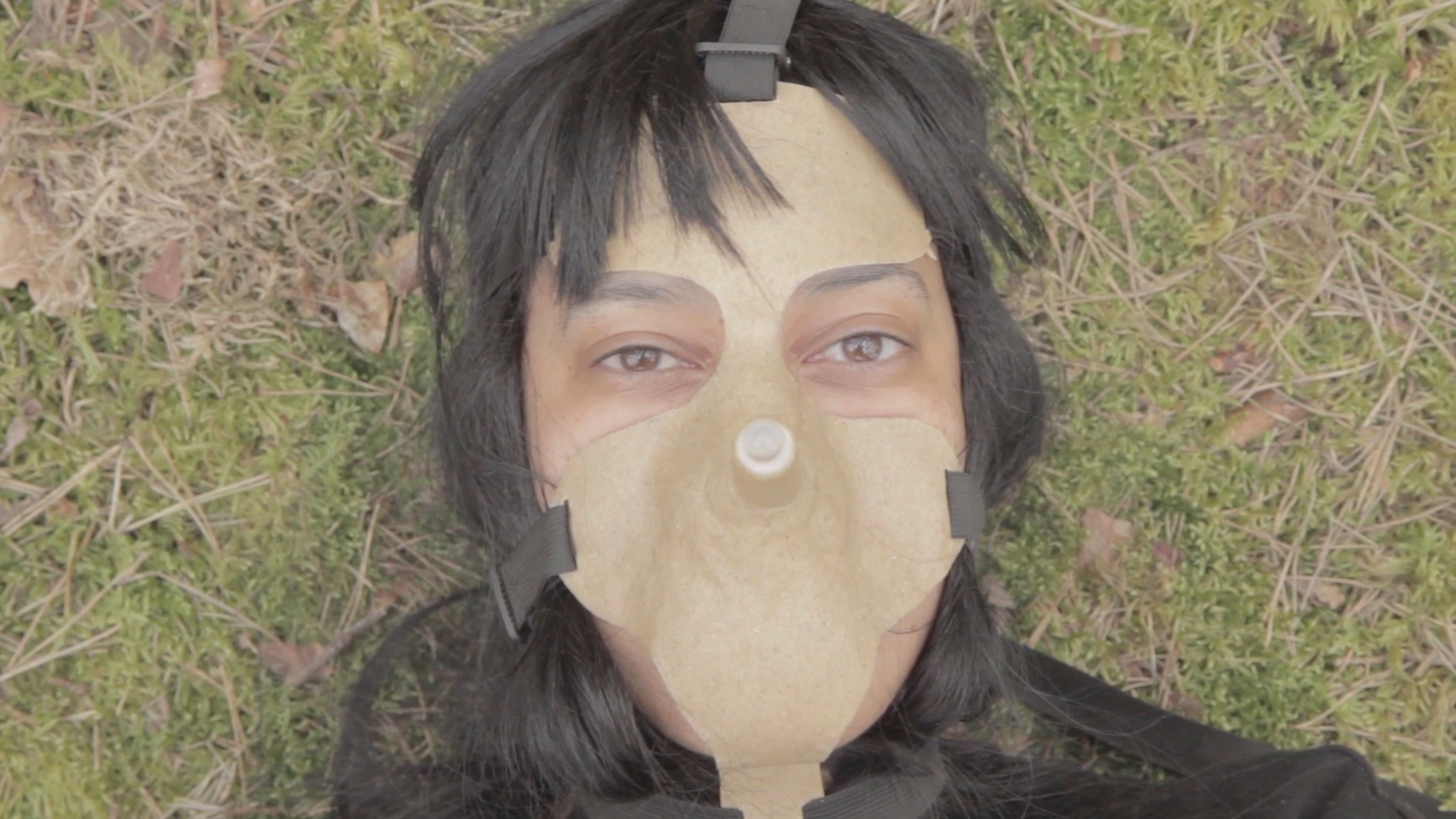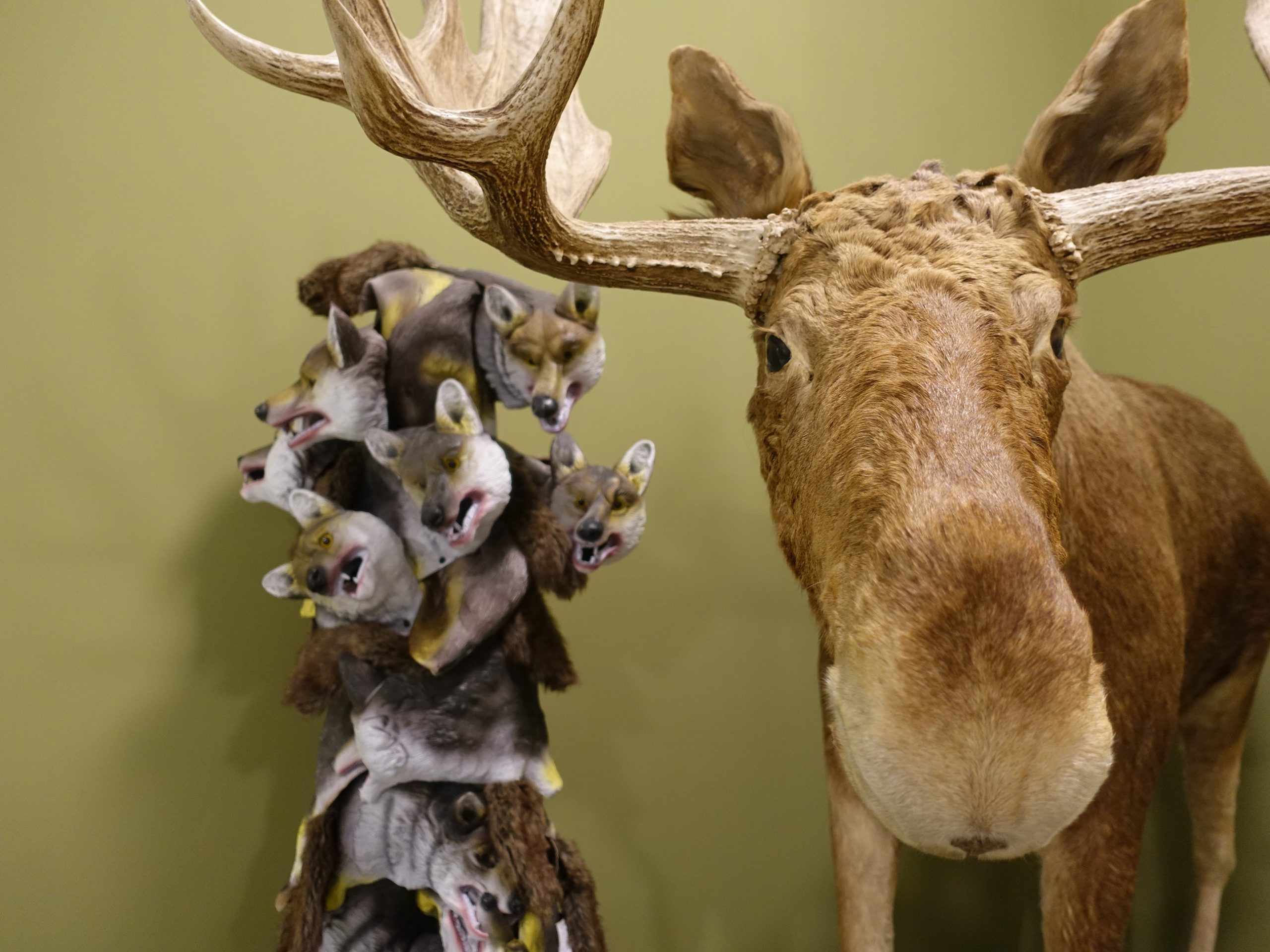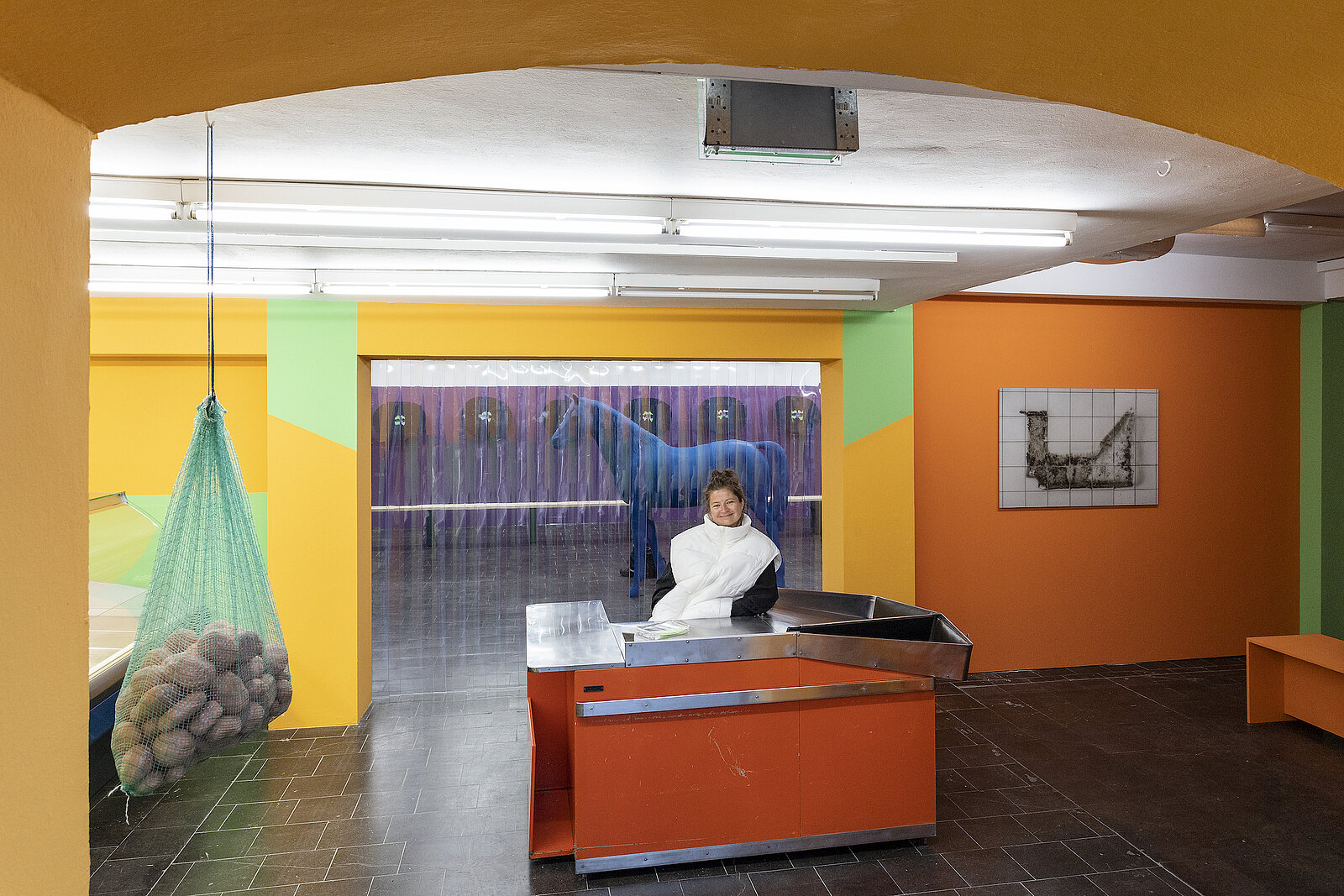Top picks in Estonia:
Annual shows in the Estonian summer capital
Uue Kunsti Muuseum, Pärnu City Gallery, Pärnu Artists House, Pärnu Cultural Centre, Pärnu
In the coastal town of Pärnu, the traditional Man and Woman show opened on 9 June for the 29th time. The summer-long exhibition is being questioned by a show of the same title at the Pärnu City Gallery and Pärnu Artists House, opening on 25 June. After this, another traditional summer art event, the "IN Graafika” printmaking festival opens in these spaces. This summer is a great time to visit Pärnu as a new Cultural Centre has also been established this year, which promises to transform the community, neighbourhood and the city as whole into a collaborative creative hub for all people and fields.
Exhibition of Polish and Estonian contemporary female designers
Estonian Museum of Applied Arts and Design
17 June – 25 September
Looking Through Objects is an exhibition looking at the work of female designers from two countries, Estonia and Poland. The exhibition presents not only the objects designed, but also the designers themselves, their working environment and thoughts about the essence of their work. A total of 33 outstanding women in contemporary design are presented in the exhibition.



EKKM introduces its greatest hits
EKKM, Tallinn
18 June – 17 August
For the exhibition Greatest hits, convener Evelyn Raudsepp has invited six Estonian curators to choose one artwork they would like to revisit, or feel is particularly relevant for them in the current moment. The exhibition thus forms a mix-tape, where the significance of these contemporary art tracks is addressed through intimate letters to the artists.
Kertu Rannula solo show Snapchat Dystoopia
Kanal gallery, Võru
12 June – 16 July
While analysing the essence of social media’s beauty filters, the relation between the filter and the user is under observation. Is a beauty filter a sticky parasite made as part of the system, which splits our self-image and profits from our insecurities, or is it a symbiosis, where the filter soon becomes part of our daily beauty routine? Kertu Rannula graduated from the Estonian Academy of Arts in 2022. Through site specific photo- and video installations, she researches the relationships, signs and symbols of contemporary people and culture.

Edith Karslon works with the Viljandi museum collection
Viljandi museum, Viljandi
11 June – 24 September
The exhibition is part of the project Artists in Collections, which brings together contemporary artists and the small museums of Estonia. Artist Edith Karlson asked the collection registrars to select one item from more than 150,000 objects in the museum and to record a justification for the importance of that object to them. Sometimes it is evident from the beginning what they are talking about, sometimes we must take time to ponder. The stories about the items are juicy, full of intriguing details and humour.
ars viva 2022 – Agents of Perception
Kai Center, Tallinn
9 April – 7 August
The exhibition presents six artists – the ars viva prize winners Lewis Hammond, Tamina Amadyar, and Mooni Perry, as well as three remarkable emerging artists from the Baltic region: Laura Põld, Anastasia Sosunova, and Jānis Dzirnieks. By linking the position of the agent and the artist in the idea of the exhibition, the curator Maria-Helen Känd wants to highlight the importance and role of artists as mediators and shapers of the collective consciousness.

Art festival Biotoopia
Viinistu Art Museum, Viinistu
18 – 19 August
Biotoopia is a series of conferences and art events in Estonia that seeks to build networks between the arts, sciences and biotic communities. This year's event brings together different exhibitions and initiatives from all over Estonia. In the small fishing village of Viinistu there will be a performance by Jaanika Peerna and a concert by David Rothenberg on 18 August, followed by a trip to Mohni island the day after. Satellite events will also take place in Tallinn and Tartu.
Diana Tamane solo show Half-Love
Tartu Kunstimuuseum, Tartu
18 June – 16 October
Half-Love explores the relationship between the artist Diana Tamane and her younger half-sister Elina. This new body of work continues a long line of projects focused on her family, in which Tamane has collaborated with members of her extended family since 2010, with photography at the heart of the conversation. Tamane often uses her family members and herself as the leading characters in her work. The personal dimension in stories about Eastern European life allows for generalizations about how identity in the region has been shaped during the transitional period.

Beyond:
Growing Out? Growing Up? Contemporary Art Collecting in the Baltics
Zuzeum, Riga
June 4 – November 11
The exhibition at Zuzeum Art Centre in Riga introduces vibrant contemporary art collections in the Baltics while emphasising the social aspects of private collecting. The exhibition also poses a question: what is the future of collecting? The artworks and collections in the exhibition have been selected by Olga Temnikova, a gallerist and art advisor from Tallinn.
Largest art museum in the Nordic countries opens in Oslo
The National Museum, Oslo
From 11 June
One 11 June 2022 the largest art museum in the Nordic countries opened in Oslo. Here visitors can experience older and modern art, contemporary art, architecture and design all under one roof and in completely new ways. The first shows include I Call it Art , which takes the pulse of contemporary art in Norway today, with works by almost 150 artists and artist groups, and East of the Sun and West of the Moon, an exhibition of drawings by Erik Werenskiold and Theodor Kittelsen, completed around 150 years ago as illustrations for Norwegian fairy tales.
Flo's Retrospective
Kunsthalle Recklinghausen,
Recklinghausen
1 May – 7 August
For her first solo exhibition in Germany, the Estonian artist Flo Kasearu will be staging her own retrospective for the Kunsthalle. In her artistic practice, Kasearu dissects, explores, negotiates and celebrates the relationship between seriousness and humour, severity and wit. She often finds her material in the ordinary, in what happens in families and behind closed doors and is not supposed to be seen; and through her artistic practice she brings back those issues to the streets and to the people who affect them. Kasearu's house in Tallinn is perhaps her most comprehensive work of art, reflecting Estonia's post-Soviet heritage and capitalist reality. Kasearu will stage aspects, objects and themes from her House Museum in the Kunsthalle Recklinghausen. Her latest project will have an extended appearance in and around the Kunsthalle and the Ruhrfestspielhaus: the Disorder Patrol.
Statecraft (and beyond)
EMST, Athens
17 June – 30 October
Statecraft (and beyond) starts a programme by the new artistic director of EMST, Katerina Gregos. The show examines the structure and ideological power of speech, and mechanisms of the construction of the nation and the state and features works by 39 artists.

The Dark Arts: Aleksandra Waliszewska and Symbolism from the East and North
Museum of Modern Art (Museum on the Vistula), Warsaw
3 June - 2 October
The exhibition is the most extensive public display of Warsaw based artist Aleksandra Waliszewska’s works to date. Working closely with the artist, the show’s curators have chosen to display iconic examples of her vast oeuvre alongside historical works of Polish, Czech, Ukrainian and Baltic symbolist artists. The exhibition invites the viewer to see her mythological tropes, apocalyptic scenarios, and charged landscapes in a broader context. The settings of her paintings – forests and swamps, lost highways, and gloomy housing estates—evoke the specificity of Polish and Baltic landscapes.